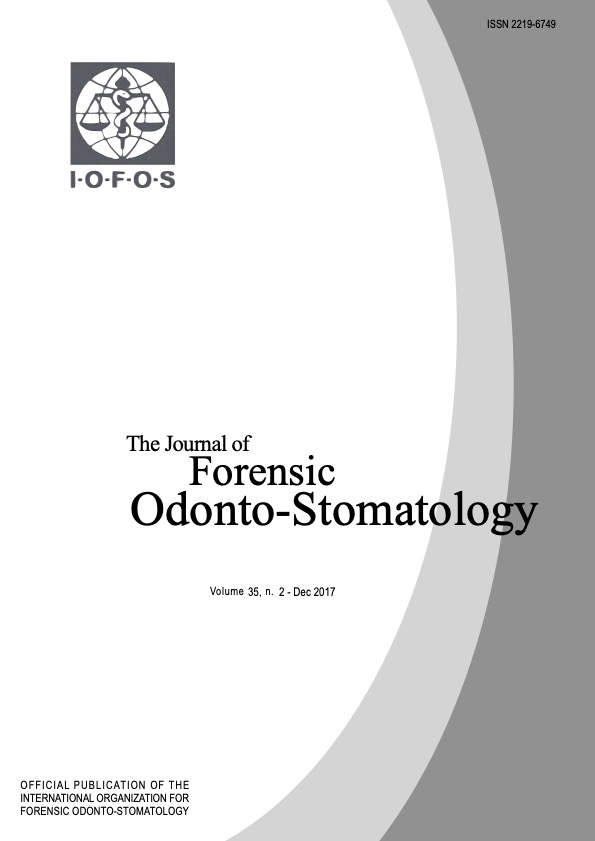Are cervical vertebrae suitable for age estimation?
Abstract
Background: The ability of cervical vertebrae (CV) staging to contribute in forensic age estimation is being discussed controversially. The large variability of CV geometries in the end stage of development might be the reason for not reaching a performance competitive to hand or third molar methods. Here we study the geometry of adult CV and demonstrate that the description of their “typical” appearance is often not met.
Materials and methods: Lateral cephalograms from clinical routine of 320 subjects aged 20 years or above (median 24 years, 52% female) were evaluated. The criteria for the end stage of CV development (Hassel-Farman, Baccetti) were examined by assessing them in terms of metric measurements: (1) rectangular shape of C3/C4, (2) at least one of the height-width ratios of C3/C4 >1 (both not <1), (3) significant concavities at the inferior margin of C2, C3 and C4. Metric data of the adults were also compared to those of 100 children aged 8-10 years (50% female).
Results: Adult CV often violated the criteria of rectangular shape (44% C3, 36% C4), of height-width ratio (16% C3, 35% C4) and inferior concavity (10% C2, 10% C3, 19% C4). All of the criteria for adult CV were fulfilled in only 24% of the subjects (95%CI 19-28%). The variability of measures of the CV shapes was large; e.g., the 95% reference ranges for the height-width ratios were 0.81-1.19 (C3) and 0.77-1.14 (C4). There was a material overlap of ranges of CV measures of adults and children.
Conclusion: While hand bones and teeth have well-defined appearances in the end stage of development, adult CV have a large biological variance of shapes; it is hard to define their “typical” appearance. Moreover, measures of CV geometry do not strictly separate adults from children. These facts might reason the limited usefulness of CV in age estimation.

